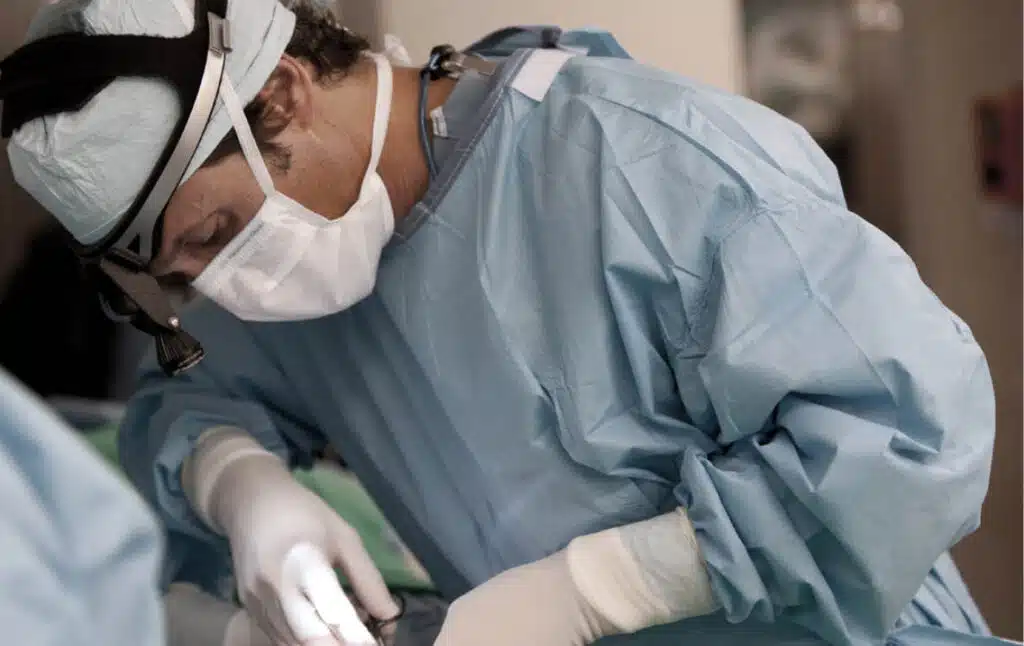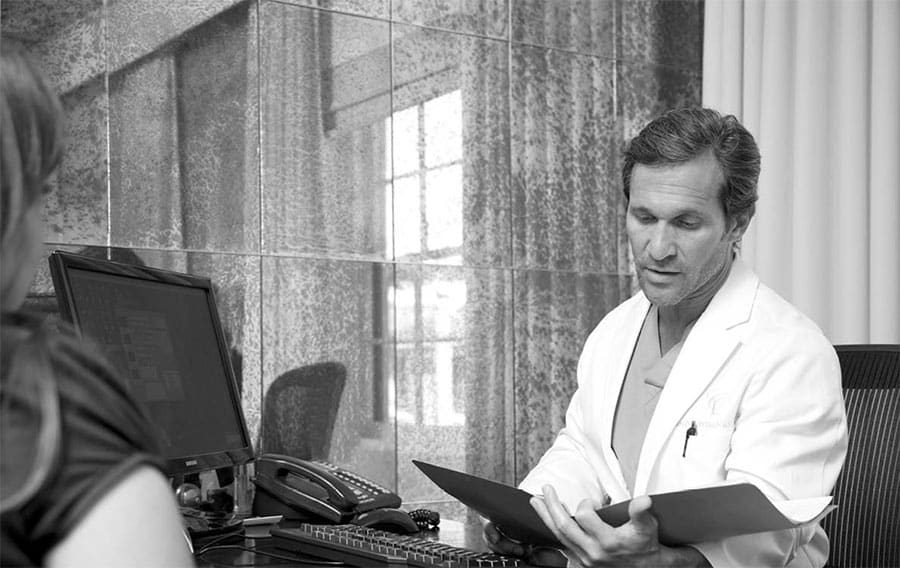Otoplasty Beverly Hills, CA

LEARN WHY PATIENTS CHOSE WORLD-RENOWNED, DR. FRANKEL AS THEIR TOP FACIAL PLASTIC SURGERY BOUTIQUE IN BEVERLY HILLS.
Transform Your Look with the Benefits of Otoplasty
Otoplasty, or cosmetic ear surgery, offers a solution to those dissatisfied with the shape, size, or position of their ears. Under Dr. Frankel’s expert care in Beverly Hills, patients receive a safe and transformative experience. This procedure not only corrects physical concerns but also enhances overall facial harmony.

Improved Self-Confidence
Feel a renewed sense of self-assurance as this cosmetic surgery reshapes your ears to suit your facial structure. This procedure can significantly boost your self-esteem.

Minimal Scarring
Dr. Frankel’s technique ensures minimal visible scarring, maintaining the natural look of your ears post-surgery.

Quick Recovery Time
Benefit from a relatively quick recovery period, allowing you to return to your daily life with enhanced confidence and minimal downtime.

What is Otoplasty?
Cosmetic ear surgery, commonly known as cosmetic ear surgery, is a plastic surgery procedure designed to reshape the ear. This ear surgery procedure typically involves ear pinning and adjusting ear cartilage to achieve a desired appearance. During an otoplasty procedure, Dr. Frankel skillfully modifies the ear structure, focusing on proportions and symmetry. The goal is to create a balanced look that harmonizes with other facial features. This surgical procedure is not just about altering the ears’ appearance; it’s about boosting confidence and self-esteem.
It’s important to note that the removal of cartilage doesn’t reshape the ear but alters its position. When cartilage shape needs alteration, various surgical techniques are employed. Sutures are commonly used to bend the cartilage, enhancing the anti-helical fold, and sometimes the lobule (earlobe) is also adjusted in size or position.

Initial Consultation for Ear Surgery
The initial consultation for ear surgery with Dr. Frankel is a crucial step. This is where patients can express their aesthetic concerns and learn about the cosmetic surgery process. Dr. Frankel offers a personalized experience, tailoring the surgical procedure to meet each patient’s unique needs. The consultation is an opportunity to build trust and set realistic expectations for the outcome.
Options for virtual consultations and convenient locations make the process accessible and patient-friendly. Dr. Frankel’s team ensures every patient feels comfortable and informed throughout their otoplasty journey.

Ideal Candidate for Otoplasty Surgery
The ideal candidates for ear surgery with Dr. Frankel are those seeking improvement in the symmetry and proportion of their ears. Suitable candidates typically:
- Are adults with asymmetrical ears or disproportionate to their face
- Are in good overall health without serious medical conditions that could impair healing
- Are non-smokers, as smoking can interfere with the healing process
- Have realistic expectations about the outcomes of the surgery
- Are self-conscious or unhappy with the appearance of their ears
A thorough physical examination by Dr. Frankel ensures that the ear structure and aesthetic goals align, making sure the procedure is suited for each individual’s needs.
Otoplasty for Children
Ear reshaping surgery in Beverly Hills is commonly performed on children. Patients must be at least 5 years old, at which point the ears have fully developed. Performing facial plastic surgery before starting school can benefit children with prominent ears by eliminating the source of teasing from others. Another otoplasty benefit at this age is that the cartilage is more pliable and easier to work with. Many adults also elect to have cosmetic procedures later on in life in combination with facelifts when their large ears become more noticeable.
Otoplasty Before and After Photos
*Each patient is unique and individual results may vary.

The Otoplasty Surgical Procedure Explained
The cosmetic surgery process with Dr. Frankel in Beverly Hills is meticulous and patient-focused. The surgical procedure begins with anesthesia to ensure comfort.
Dr. Frankel then makes discrete incisions, carefully removing any excess skin and reshaping the ear cartilage for optimal ear shaping. The actual surgery is performed with precision, ensuring that the results are both functional and aesthetically pleasing.
Depending on the extent of the cosmetic surgery, ear reshaping procedures typically range from one to two hours. Board-certified facial plastic surgeon, Dr. Frankel, will give you an estimate during your consultation.
How to Prepare for Cosmetic Ear Surgery
Preparation for this cosmetic surgery under the care of Dr. Frankel involves several key steps. It’s essential to provide a detailed medical history and discuss the surgical plan. Patients are advised to avoid strenuous activity and may need to adjust their current medications. Limiting physical activity before the surgery helps to ensure a smoother procedure and recovery.
If your surgery is being performed under local anesthesia, then lab work and a letter of medical clearance might be required. If the operation is being performed without an anesthesiologist, then no blood work or clearance is required.
Certain medications and substances that can cause excess bleeding during or after facial plastic surgery will need to be avoided beginning a few weeks to a few days before your ear reshaping procedure. These include aspirin, ibuprofen, alcohol as well as salty foods. Patients will also need to cease smoking before surgery.
DR. FRANKEL’S NOTES
“I enjoy performing Otoplasty because it’s variable depending on the patient’s ears and anatomy and very rewarding for the patients. It is not necessarily simple to obtain a natural looking, long-lasting outcome in every otoplasty Beverly Hills patient, and careful planning and attention to detail are most important.
The usual course of ear surgery involves some pain for 1-2 days and associated swelling of the skin around the ear with some red or bluish discoloration that subsides within a week. Patients can usually return to their social life within days of the facial plastic surgery but we advise them to wear a headband at night for the first three weeks.”
– Andrew Frankel, M.D.
Techniques Used in Otoplasty
Dr. Frankel uses different methods for ear surgery, choosing the best one based on each person’s ear shape and goals. Here’s how each technique works:

Ear Pinning Technique
- Uses stitches to bring the ears closer to the head so they don’t stick out.
- Stitches are placed behind the ear to keep scars hidden.
- This method usually heals quickly with little pain.

Traditional Otoplasty
- Involves small cuts behind the ear to reshape the ear’s cartilage.
- Works well for many types of ear shapes and sizes.
- It may take longer to heal and might leave some small scars.

Cartilage Scoring Technique
- Makes tiny cuts in the ear cartilage to reshape and reposition it.
- Good for very noticeable ears and provides long-lasting results.
- This option may take longer to heal and could leave some visible scars.
Recovery From Otoplasty Surgery
- Head Bandage: Wear the initial bandage for a few days, then switch to a light headband at night for about three weeks.
- Manage Pain and Swelling: Use prescribed medication as needed. Sleep with your head elevated to reduce swelling.
- Limit Physical Activity: Rest for at least a week. Avoid sports or activities that could impact your ears for 4–6 weeks.
- Avoid Touching Ears: Keep the area clean and avoid handling your ears to aid healing.
- Monitor Changes: Minor bruising is normal, but contact the office if you notice unusual swelling or discharge.
- Follow-Up Appointments: Regular check-ins help Dr. Frankel monitor healing and provide further recovery tips.

Want to understand more about what to expect on the day of surgery?
Risks and Side Effects of Cosmetic Ear Surgery
Like any surgery, ear reshaping has some potential risks. Dr. Frankel’s skill minimizes these, but they’re important to understand. Common risks include:
- Infection
- Bleeding
- Reaction to anesthesia
- Temporary numbness or changes in ear sensation
Some people may experience slight asymmetry in ear shape, which could need follow-up surgery. Scars are usually minimal but may vary by individual.
Rare issues include longer-lasting pain, slower healing, or minor dissatisfaction with results. Dr. Frankel makes sure every patient understands these risks and takes all precautions to keep them low.
The Cost of Otoplasty Surgery in Beverly Hills
The cost of ear surgery with Dr. Frankel in Beverly Hills varies depending on several factors. As a comprehensive cosmetic surgery, the total cost can be influenced by the complexity of the procedure and the facilities of the chosen surgery center. Dr. Frankel’s office provides various financing options to accommodate different budgets, ensuring that this transformative procedure is accessible to those who seek it.
Why Choose Dr. Frankel for Your Otoplasty
Choosing Dr. Frankel for your otoplasty ensures expert care from a highly skilled surgeon dedicated to achieving natural, balanced results tailored to your unique needs.
- Extensive Experience: Over 25 years specializing in facial plastic surgery, with a focus on otoplasty.
- Board-Certified Specialist: Certified in both Facial Plastic and Reconstructive Surgery and Otolaryngology-Head and Neck Surgery.
- Academic Leadership: Former Associate Professor at USC Keck School of Medicine.
- Pioneering Research: Key investigator in FDA trials for Restylane and Juvederm approval.
- Innovative Techniques: Dr. Frankel’s advanced methods are designed to minimize visible scarring and optimize natural ear contours.
- Proven Results: Dr. Frankel’s patients report high satisfaction, with results that enhance aesthetics and boost confidence.
- Patient-Centric Care: Provides personalized treatment plans tailored to individual aesthetic goals.
- Award-Winning Surgeon: Recognized as one of Hollywood’s top doctors, ensuring high standards and exceptional patient care.

Otoplasty Procedure FAQs
Author


